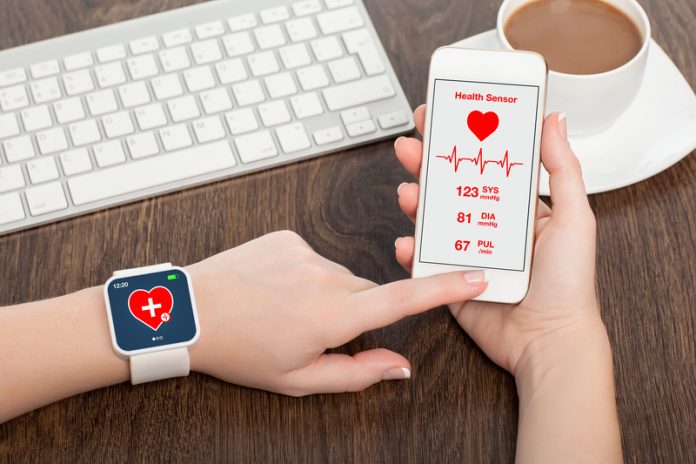Marc Lange, Secretary-General and Diane Whitehouse, Member of the Secretariat at European Health Telematics Association (EHTEL) outlines how digital technologies are helping to transform health service delivery…
Our daily life is becoming increasingly digital, and people are considering this move as the way to go for more and more activities. Digital health is really happening now too. Technology enabled care and health is on the agenda of people, patients, health services, and researchers. Mobile devices in particular are accelerating the use of health apps, and are easing people’s access to health data based on their own electronic healthcare records.
In EHTEL, this is exactly what we are seeing. EHTEL (the European Health Telematics Association) has been active on digital health since its launch in Brussels in 1999. EHTEL supports more than 60 corporate members – who come from all over the European scene – in expanding the use of digital health services.
As a result, the association is a leader in sharing lessons learned on the latest developments in digital health: telehealth use is growing, with and through the association’s members.
Transforming health delivery and its impact
As in many other sectors, digital health is having a transformational impact on the way health is delivered. Digitalisation is expected to have a positive impact on the efficiency, hence sustainability, of healthcare systems. It is also expected to have a positive impact on the integration of health and social care to the benefit of all the actors in the field.
The fact is well known: today chronic diseases represent a potential major burden to our healthcare systems and to patients’ quality of life. Any efficiency gains in managing and treating patients with chronic diseases is therefore likely to be beneficial.
Currently, in routine care, patients with a chronic disease – with no complications – are self-managing their conditions through regular follow-up visits, every 3 or 6 months, to their general practitioners. They are given guidance to improve their self-management and of course, if necessary, referred to a specialist or a hospital.
Working with telehealth centres
With telehealth, patients’ health can be followed every single day by a telehealth centre. Patients can use a variety of digital solutions that collect and send their physiological measurements to a centre (for example, in the case of patients with chronic heart failure or diabetes type 2, a blood pressure or blood glucose meter, a pulse oximeter and intelligent weight scales). The role of the telehealth centre is to assess whether the measurements are in or out of the patient’s range, according to a predefined and personalised set of parameters. If the readings are out of range, an alert is generated that follows the clinical protocol. The centre can also be in charge of distance coaching for patients, so as to reinforce self-management, provide further guidance, or adapt their plans.
Learning from the results of United4Health
Earlier in 2016, the transformational impact of telehealth was analysed by the United4Health project. The project successfully implemented and assessed the impact of telehealth services for patients with chronic conditions. Its initiatives are underway in Scotland, Wales, Slovenia and 11 other regions on the continent. The results of this analysis were publicly communicated for the first time on the occasion of the project’s final conference, organised jointly with EHTEL. Several key messages were delivered at the conference:
- “Helping you live your life your way”: patients can indeed manage their chronic conditions more efficiently, hence better prevent the worsening of their health;
- “Clinicians are now able to make important sensible decisions” by analysing patient data collected on a daily basis;
- “Telehealth can reduce unnecessary visits to clinicians”: it enables healthcare systems to use the resources they have more efficiently.
Tangible benefits of the efficiency gains
While there is enough evidence about telehealth benefits when it is used to transform healthcare, it is still not so easy to assess its economic impact. Evidence is only now emerging.
Economic analysis is often about analysing a moving target. It is common sense that the cost of telehealth depends strongly on factors like the size of the market– at present, small although growing. Yet a shared ICT infrastructure is still lacking. If the infrastructure were to exist, it would enable pooling of some of the costs over several services.
It is important to bear in mind that savings are likely not to be directly ‘cashable’ (they might be absorbed by another part of a healthcare system) and that they may easily be side tracked from the direct aim of offering increased capacity in healthcare systems.
United4Health’s own positive experiences demonstrate that transforming care delivery processes through telehealth often need several cycles to optimise the organisational and financial benefits.
Marc Lange
Secretary-General
Diane Whitehouse
Member of the Secretariat
The European Health Telematics Association (EHTEL)
info@ehtel.eu











